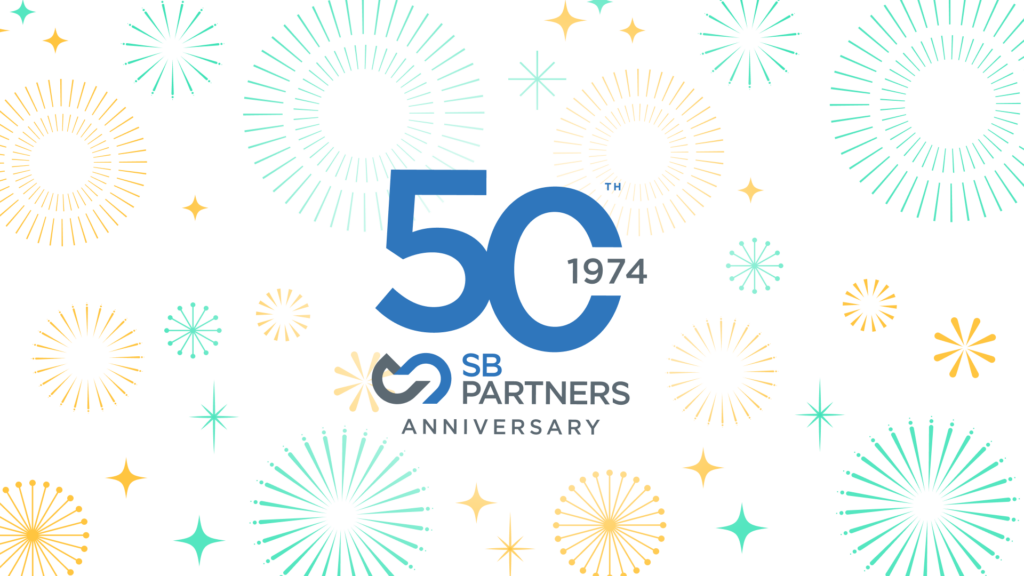What is a Registered Retirement Savings Plan?
A Registered Retirement Savings Plan (“RRSP”) is a tax-deferred retirement savings plan that is registered with the federal government. The concept behind it is that you contribute an amount to an RRSP and, in return, you receive a tax deduction for the amount of your contribution. Contributions to the plan can be invested in a variety of underlying investments such as stocks, bonds, savings deposits, or mutual funds to name a few. Investment income earned within the plan on the invested assets is not taxed. Once you withdraw funds from the plan, you must include the amount of withdrawal as income on your personal tax return.
Benefits of Contributing to an RRSP
Contributing to an RRSP is a step toward retirement planning and maintaining your standard of living upon retirement. The contributions made to an RRSP will result in a tax deduction resulting in a tax deferral. Then at retirement, when your income is reduced and in a lower tax bracket, you will withdraw funds from your RRSP which will then be included as income on your personal tax return.
A person can also contribute to a spousal RRSP. This is a plan that is registered to the spouse of the contributor. The contributor makes the contribution to the spousal RRSP and obtains the corresponding tax deduction but the spouse will withdraw the funds at a later date and include the withdrawal on their personal tax return as income.
Contributions – When to Start and How Much?
We recommend that you start as early as possible. Although the peak years of income earning are between the age of 30 and 60, the earlier you begin contributing, the more benefit you will receive from the compounding of investment income.
The annual contribution limit is equal to 18% of the previous year’s income up to $22,000 in 2010. In addition, any unused contribution room carry-forward and may be used at any time. The maximum that you can contribute can be found on your Notice of Assessment. You are allowed an over-contribution of $2,000 but any amount exceeding this limit will result in a penalty of 1% per month of the over-contributed balance.
Contribution Deadline
Contributions may be made anytime during the tax year and 60 days into the following year to apply to the current year’s income. Therefore, you can contribute to an RRSP until March 1, 2011 and receive the tax deduction on your 2010 personal tax return.
When Can I Withdraw My RRSP?
An RRSP is designed as and more effective as a long term investment. However, should a person need part or all of their RRSP savings before retirement, you can withdraw an amount at anytime. The amount of your withdrawal must be reported as income on your personal tax return in the year of withdrawal.
You can also withdraw funds from your RRSP for the Home Buyers Plan (HBP). This allows an individual who is a first time home buyer to withdraw up to $25,000 from their RRSP to build or buy a home. The benefit with the Home Buyers Plan is that the withdrawal is not included in income for taxation purposes. You have to repay all withdrawals to your RRSP for the purposes of the HBP within a period of no more than 15 years. If you do not pay an amount that is due within a given year, that amount will be included in your income.
As you can see, an RRSP is a win-win situation. To receive the most advantages from one, it is best to start contributing as early as possible. If you have any questions regarding an RRSP, please contact your SB Partners professional and we can help you.



